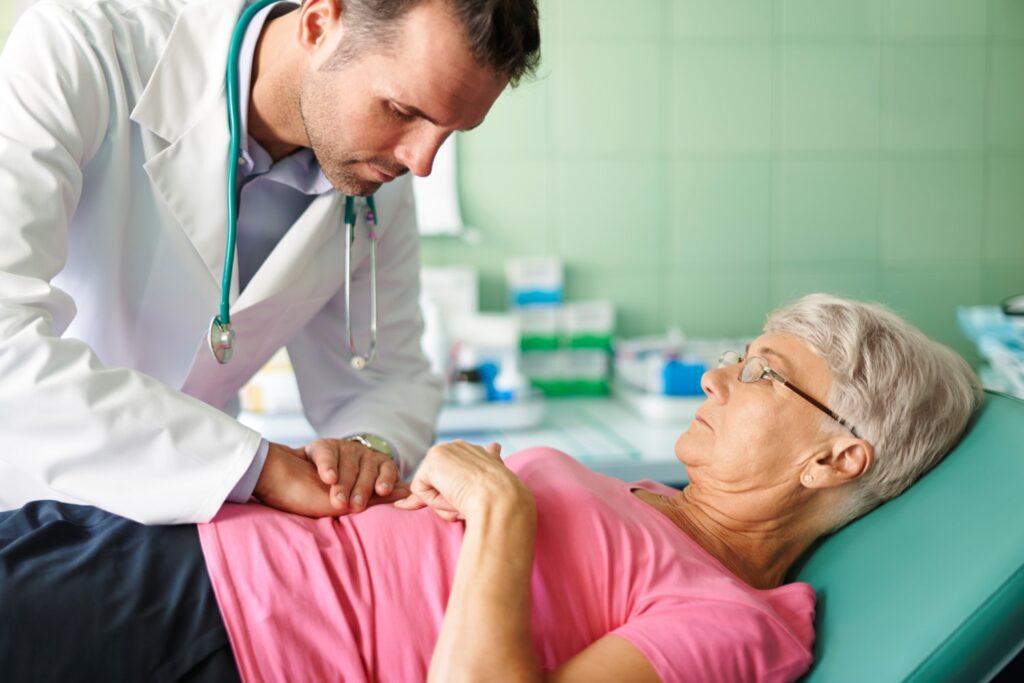Laparoscopic hernia repair has emerged as a groundbreaking surgical technique that offers patients a quicker recovery and reduced post-operative pain compared to traditional open surgery. While this modern approach has transformed the hernia treatment landscape, it’s important to recognize that a successful recovery is contingent upon embracing specific lifestyle changes. In this article, we delve into the key aspects of life after laparoscopic hernia repair and the lifestyle modifications that can facilitate a seamless healing process.
Understanding Laparoscopic Hernia Repair
Laparoscopic hernia repair, also known as minimally invasive hernia surgery, involves making small incisions through which a camera and specialized instruments are inserted to repair the hernia. This technique minimizes trauma to the surrounding tissues, leading to less post-operative pain, shorter hospital stays, and a faster return to daily activities. The most common types of hernias treated using this approach include inguinal hernias, femoral hernias, umbilical hernias, and incisional hernias.
Lifestyle Changes for a Swift Recovery
- Follow Medical Instructions: Adhering to the instructions provided by your surgeon and medical team is crucial. This includes taking prescribed medications, managing pain, and keeping the surgical site clean and dry.
- Gradual Physical Activity: While rest is important in the initial days following surgery, gradually increasing physical activity is equally essential. Walking short distances can aid in preventing blood clots and enhancing circulation. However, strenuous activities should be avoided until approved by your healthcare provider.
- Balanced Diet: A well-balanced diet rich in nutrients and fiber is essential for promoting healing and preventing constipation, a common post-operative concern. Foods high in protein, vitamins, and minerals can facilitate tissue repair and boost the immune system.
- Hydration: Drinking an adequate amount of water aids in digestion, prevents dehydration, and supports the body’s natural healing processes. Opt for water over sugary or caffeinated beverages.
- Smoking Cessation: If you’re a smoker, consider this an opportune time to quit. Smoking can hinder the healing process by constricting blood vessels and reducing oxygen supply to tissues. Consult your healthcare provider for assistance in quitting.
- Weight Management: Maintaining a healthy weight helps minimize stress on the surgical site and contributes to overall well-being. Strive for a balanced diet and engage in regular, low-impact exercises once approved by your doctor.
- Incision Care: Keep the surgical incisions clean and dry as directed by your surgeon. This reduces the risk of infection and facilitates proper healing. Avoid any activities that might strain or disrupt the incisions.
- Listen to Your Body: Pay close attention to your body’s signals. If you experience persistent pain, unusual swelling, fever, or any other concerning symptoms, promptly inform your healthcare provider.
Conclusion
Laparoscopic hernia repair has revolutionized hernia treatment by offering patients a faster recovery with reduced discomfort. Embracing the recommended lifestyle changes is integral to ensuring a seamless healing process. From maintaining a balanced diet to gradually resuming physical activity, each step plays a vital role in optimizing recovery. By adhering to these guidelines and seeking guidance from your healthcare provider, you can embark on a journey to a healthier, hernia-free life.

